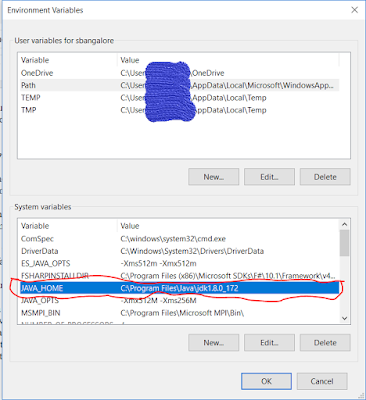How to enable elasticsearch access from remote machines

Elasticsearch is one of the most popular open source search platforms available today. In this post, we will look at how to enable remote access to elastic. Now, what do I mean by remote access? By remote access, I mean ability to access the elastic api endpoints from machines other than where it is setup. The default elasticsearch installation is localhost only, you can access it only from the machine where it is setup. While this is okay for POC type development work, for most other use cases we need elasticsearch to be installed on a server somewhere and be able to access it from other machines. Before we get started with the steps needed to configure elasticsearch installation for remote access, do note that these are applicable only for elastic 7.1.x (maybe even 7.x). Steps: Navigate to the folder where elasticsearch is installed. It should look something like this screenshot Open up the config folder. There should be a elasticsearch.yml file. Open it. In the Netwo...


